Refine listing
Actions for selected content:
2251 results in Cambridge Elements
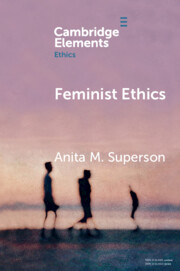
Feminist Ethics
-
- Published online:
- 04 March 2024
- Print publication:
- 28 March 2024
-
- Element
- Export citation
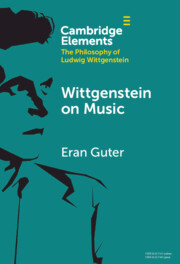
Wittgenstein on Music
-
- Published online:
- 04 March 2024
- Print publication:
- 11 April 2024
-
- Element
- Export citation
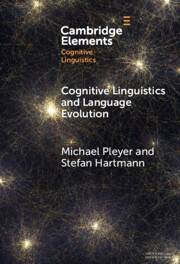
Cognitive Linguistics and Language Evolution
-
- Published online:
- 04 March 2024
- Print publication:
- 28 March 2024
-
- Element
-
- You have access
- Open access
- HTML
- Export citation
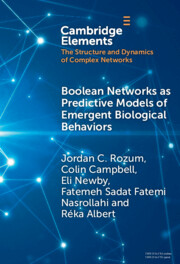
Boolean Networks as Predictive Models of Emergent Biological Behaviors
-
- Published online:
- 04 March 2024
- Print publication:
- 28 March 2024
-
- Element
- Export citation
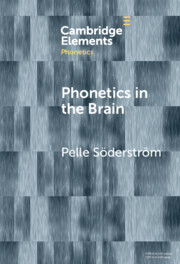
Phonetics in the Brain
-
- Published online:
- 02 March 2024
- Print publication:
- 28 March 2024
-
- Element
-
- You have access
- Open access
- HTML
- Export citation
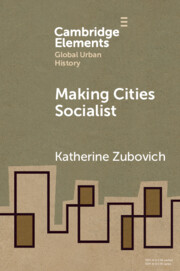
Making Cities Socialist
-
- Published online:
- 02 March 2024
- Print publication:
- 04 April 2024
-
- Element
- Export citation
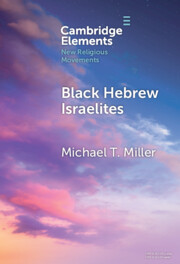
Black Hebrew Israelites
-
- Published online:
- 01 March 2024
- Print publication:
- 28 March 2024
-
- Element
- Export citation
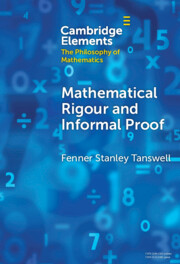
Mathematical Rigour and Informal Proof
-
- Published online:
- 01 March 2024
- Print publication:
- 28 March 2024
-
- Element
- Export citation
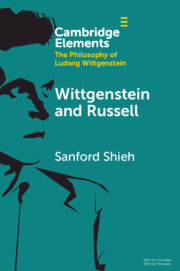
Wittgenstein and Russell
-
- Published online:
- 29 February 2024
- Print publication:
- 28 March 2024
-
- Element
- Export citation
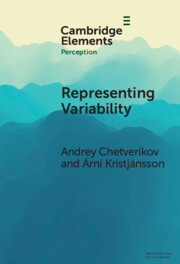
Representing Variability
- How Do We Process the Heterogeneity in the Visual Environment?
-
- Published online:
- 28 February 2024
- Print publication:
- 21 March 2024
-
- Element
- Export citation
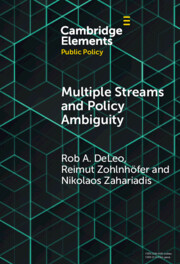
Multiple Streams and Policy Ambiguity
-
- Published online:
- 28 February 2024
- Print publication:
- 21 March 2024
-
- Element
- Export citation
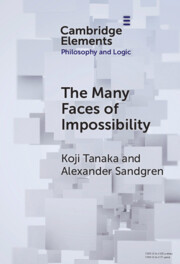
The Many Faces of Impossibility
-
- Published online:
- 28 February 2024
- Print publication:
- 28 March 2024
-
- Element
- Export citation
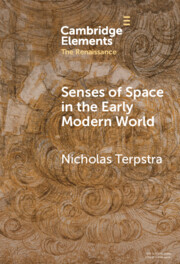
Senses of Space in the Early Modern World
-
- Published online:
- 28 February 2024
- Print publication:
- 28 March 2024
-
- Element
-
- You have access
- Open access
- HTML
- Export citation
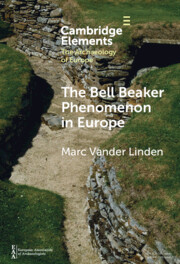
The Bell Beaker Phenomenon in Europe
- A Harmony of Difference
-
- Published online:
- 28 February 2024
- Print publication:
- 21 March 2024
-
- Element
-
- You have access
- Open access
- HTML
- Export citation
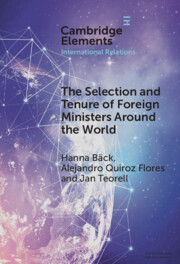
The Selection and Tenure of Foreign Ministers Around the World
-
- Published online:
- 27 February 2024
- Print publication:
- 21 March 2024
-
- Element
- Export citation
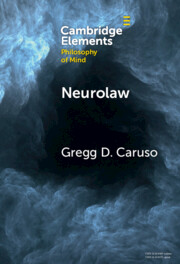
Neurolaw
-
- Published online:
- 27 February 2024
- Print publication:
- 21 March 2024
-
- Element
- Export citation
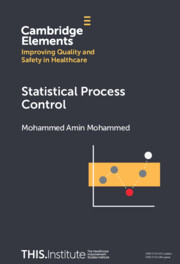
Statistical Process Control
-
- Published online:
- 27 February 2024
- Print publication:
- 28 March 2024
-
- Element
-
- You have access
- Open access
- HTML
- Export citation
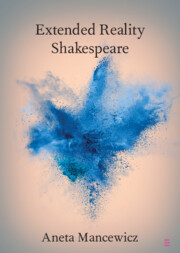
Extended Reality Shakespeare
-
- Published online:
- 26 February 2024
- Print publication:
- 06 June 2024
-
- Element
- Export citation
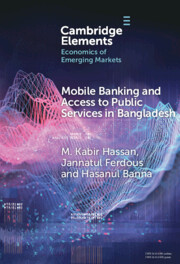
Mobile Banking and Access to Public Services in Bangladesh
- Influencing Issues and Factors
-
- Published online:
- 26 February 2024
- Print publication:
- 21 March 2024
-
- Element
- Export citation
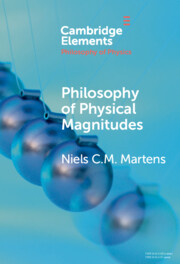
Philosophy of Physical Magnitudes
-
- Published online:
- 26 February 2024
- Print publication:
- 04 April 2024
-
- Element
- Export citation
